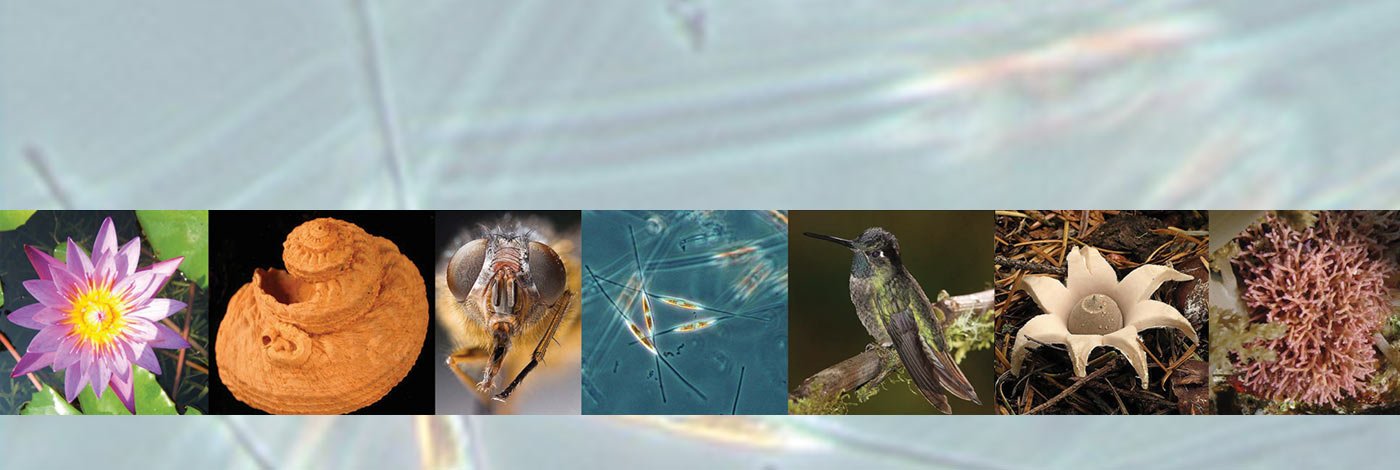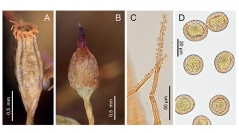

 European Journal of Taxonomy
726 (83) - Pages 83-101
European Journal of Taxonomy
726 (83) - Pages 83-101In 1842, J.D. Hooker collected a number of mosses on Hermite Island (Cape Horn region). From one of those gatherings, Hooker 141, four species of Ulota have been described: U. luteola, U. fuegiana, U. glabella, and U. eremitensis. The first two species are widely accepted, whereas the identity of the latter two has been recently discussed, and the names are now synonymized under U. fuegiana, the more widely distributed species in the Tierra del Fuego archipelago. Our studies, based on recent collections of Orthotrichaceae from Patagonia, show that specimens different from those of U. fuegiana and agreeing with the protologues of both U. glabella and U. eremitensis are common in Patagonia. Comparisons with type material of all four names demonstrate that the type for U. glabella is in such bad condition that it cannot be used, and an epitype should be selected. In this paper, we comment on the whereabouts of the collection Hooker 141 and the species described from it, discuss the distinct identity of U. glabella and its relationship with U. eremitensis as well as its differentiation from other species, present a diagnostic description of U. glabella and, finally, select an epitype to fix the application of this name.